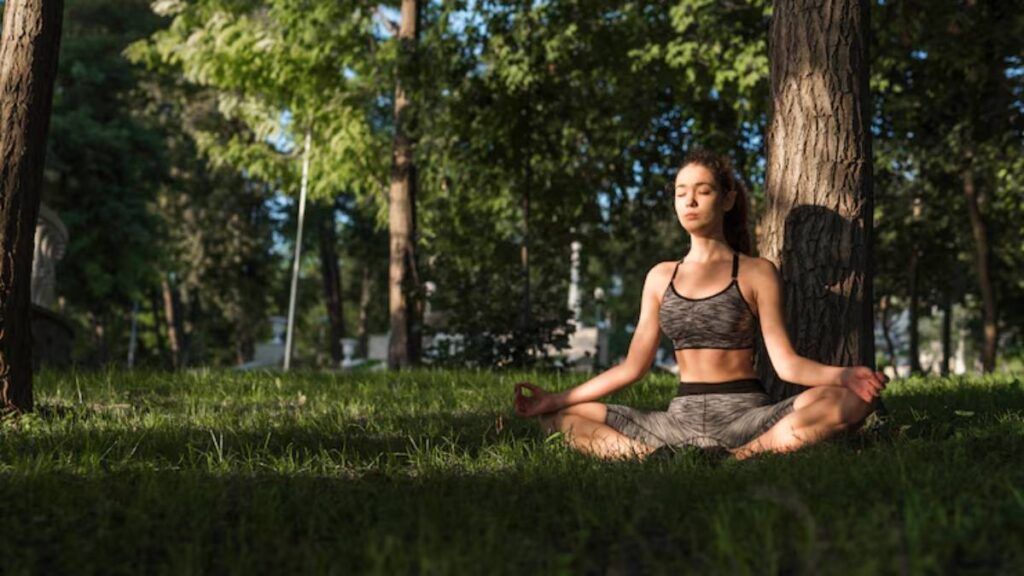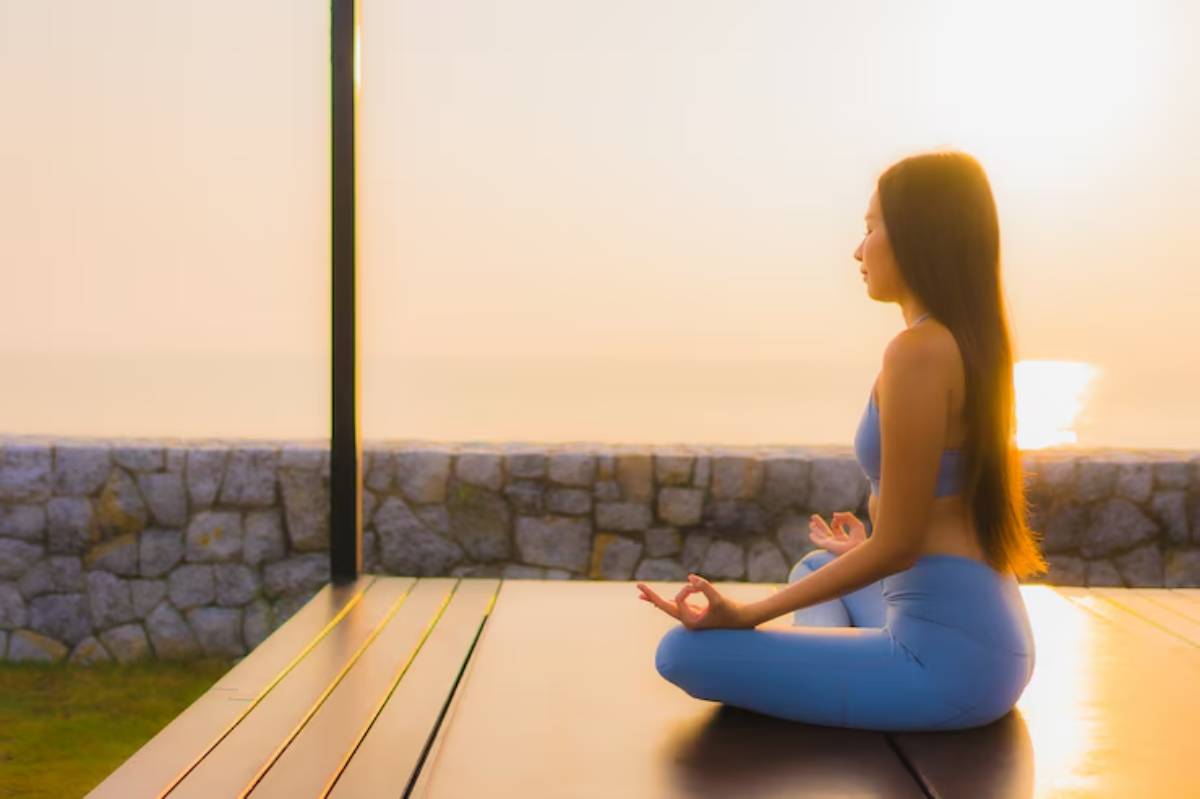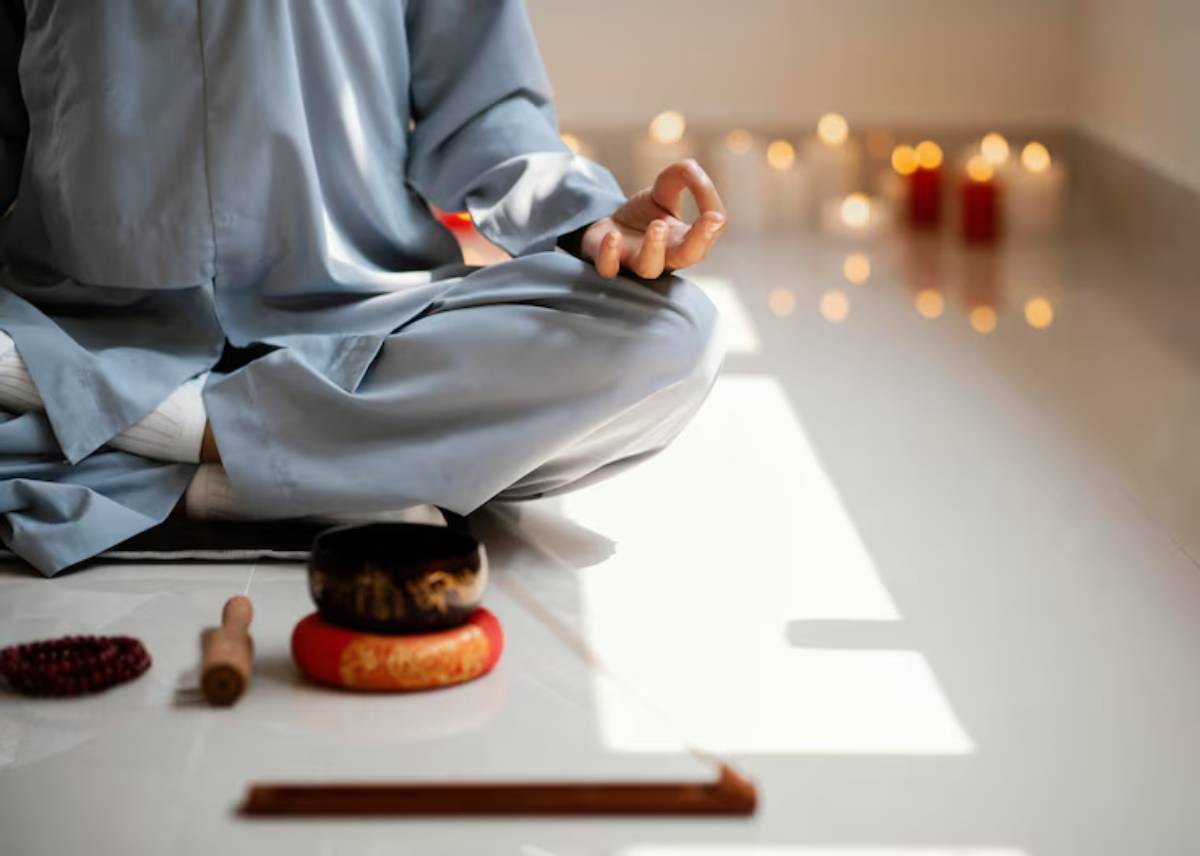The Health & Wellness Blog

How to Start a Daily Mindfulness Meditation Practice
In today’s fast-paced world, a moment of peace can seem hard to come by. We are bombarded with notifications, to-do lists, and tasks that drag us all over. The Earth has gone mad, and mindfulness meditation is the best escape. It grounds us in the moment, clears our heads, and centres us. Mindfulness meditation is no fad. Scientists, mental health experts, and everyday people use it to find emotional balance. It helps improve concentration and boosts overall well-being.
Starting a daily mindfulness meditation practice doesn’t need a big life change. It only takes a few minutes each day to be intentional about this and to come to the mind-space to be present. This guide will help you start your journey, whether you’re a beginner or looking to refresh your practice. Familiarise yourself with mindfulness principles. Follow some simple steps. You’ll establish a routine that can be very beneficial for your mental and emotional health in the long run.
Understanding the Core of Mindfulness Meditation
Mindfulness meditation has deep roots in ancient traditions. Today, it is popular because of its many benefits. At its core, mindfulness involves paying attention to the present moment without judgment. This practice encourages a heightened awareness of your thoughts, emotions, and sensations.
Research from schools like Harvard indicates that mindfulness meditation reduces stress regularly. It increases your emotional regulation and your willpower. It’s not about clearing your head. It requires noticing your own thoughts and feelings, but not getting attached to them. Through this awareness, you are able to respond to the elements of life more clearly and calmly.
Quick Guide / Checklist for Starting Your Practice
Here’s a quick checklist to start your mindfulness meditation practice:
- Set a Regular Time: Choose a time that fits seamlessly into your daily routine.
- Create a Dedicated Space: Find a quiet, comfortable spot free from distractions.
- Start Small: Begin with short sessions. Increase the time slowly as you become more comfortable.
- Focus on Breathing: Use your breath as an anchor to maintain focus.
- Be Patient: Progress may be slow, but consistency is key.
Step-by-Step Guide to Practising Mindfulness Meditation

Going on a mindfulness meditation journey requires patience and dedication. Follow these steps to establish a sustainable daily practice:
- Find a Quiet Space: Choose a location where you won’t be disturbed. This could be a corner of your room or a quiet spot in your garden. The space should be comfortable and free from distractions.
- Set a Time Limit: For beginners, start with 5 to 10 minutes. As you become more used to the practice, you can gradually extend this time.
- Adopt a Comfortable Position: Whether you sit on a chair or cross-legged on the floor, your posture should be upright and relaxed. Keep your hands on your lap or knees.
- Focus on Your Breath: Pay attention to your breath. Notice the sensation of air entering and leaving your nostrils. If your mind wanders, gently bring it back to your breathing.
- Observe Your Thoughts: Admit thoughts as they arise. Then let them pass without judgment. Return your focus to your breath each time your mind drifts.
- End with Gratitude: End your session by accepting the time you’ve dedicated to self-care. Reflect on the positive aspects of your practice and set an intention for the day.
Pro Tip: Set a daily reminder or calendar alert to help build your meditation habit. Small, regular cues lead to consistency.
Important Things to Remember
To enhance your mindfulness meditation experience, consider these expert tips:
- Consistency Over Duration: Meditate for a short time each day. This is better than sporadic or longer sessions.
- Try Guided Meditations: If you’re a beginner, guided sessions can help you stay focused and organised.
- Avoid Rigid Expectations: Each session will be different. Some may feel more productive than others. This variability is part of the journey.
- Recognise Common Pitfalls: Impatience and self-criticism may stop progress. Start your practice with kindness and understanding.
Best Practices & Additional Insights
Beyond the basic steps, integrating mindfulness into daily life can amplify its benefits. Here are some additional insights:
- Add Mindfulness to Daily Life: Be mindful when you walk, eat, or do everyday tasks. This reinforces the habit of staying present.
- Join a Community: Being part of a meditation group offers support. You’ll find accountability and share experiences with others.
- Track Your Progress: Writing about your meditation experiences can help you see patterns. You can measure your growth over time.
Important: If you miss a day, don’t stress. Just pick it up again the next day with a fresh start and a non-judgmental mindset.
Frequently Asked Questions on Mindfulness Meditation
How soon can I expect results from mindfulness meditation?
Benefits can be felt within weeks. Significant changes often require consistent practice over several months.
Can mindfulness meditation help with anxiety?
Yes, studies show that mindfulness can help reduce anxiety. It promotes relaxation and helps with emotional control.
Is it necessary to meditate daily?
While daily practice is ideal for maximum benefit, even meditating a few times a week can be beneficial.
Do I need any special equipment to start meditating?
No special equipment is needed—just a quiet space and a willingness to be present.
What if I keep getting distracted during meditation?
Distraction is normal. Each time you bring your focus back to the breath, you’re strengthening your mindfulness muscle.
Is there a best time of day to meditate?
The best time is whenever you can do it consistently. Many people prefer mornings or evenings when it’s quieter.
Can I meditate lying down?
Yes, but be mindful of the risk of falling asleep. Sitting upright is often recommended to stay alert.
Secret Tip: Meditating just after waking up or before bed often leads to deeper focus. Your mind is more relaxed and receptive during these times.
Final Thoughts on Embracing Mindfulness

Mindfulness meditation daily significantly improves your emotional and mental state. Follow the steps in this guide to develop a more peaceful and focused mind. Get more mindful in your day-to-day life, too. Your unique experiences matter. They come from the journey of being supported. The keys to your happiness are yours alone. Don’t give them away; your journey is personal. Next, approach the process with curiosity and patience.
Ready to transform your life with mindfulness meditation? Begin today and experience the profound impact of living in the present moment. Share your journey with others. Explore further resources to deepen your understanding and practice.









